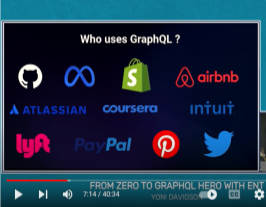Generating Generators – GopherCon Europe 2022
by Tamir Bahar
October 26, 2022
< 1 min read
About the talk: Everyone wants Generators in go. To be able to yield a value from a function and then keep it running. Some people turn to goroutines and channels, but that comes with significant overhead.
In this talk, we’ll use static analysis & code generation to roll our own generators.
You can access Tamir’s project repo here: https://github.com/tmr232/gengen
About the speaker: Tamir Bahar is an Advanced Technologies Team Leader at JFrog, and a member of the Israeli ISO C++ National Body Discussion Group. Tamir is a software engineer and reverse engineer. He likes playing around with the software and finding simple solutions for complex problems, and complex solutions for simple problems.











